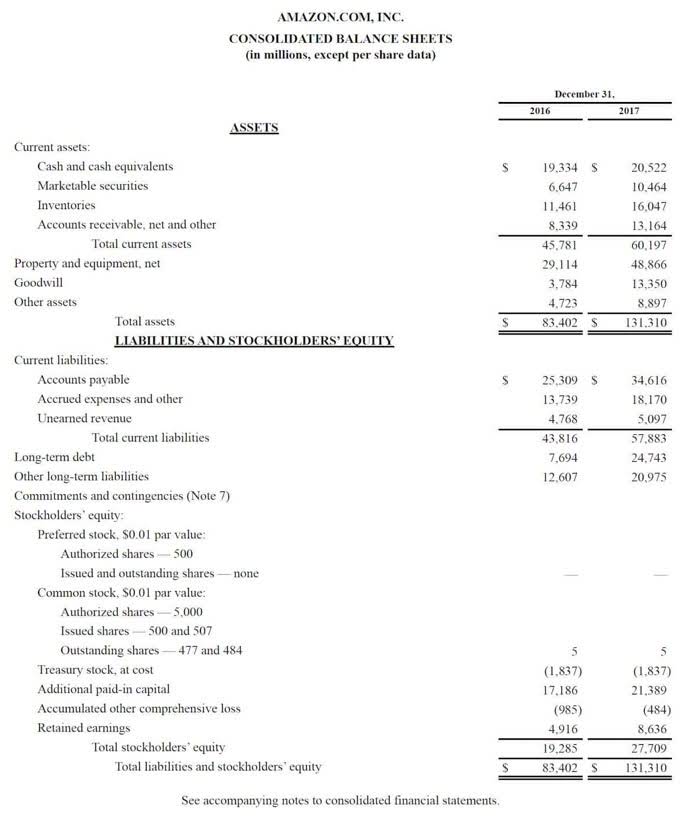
Because it uses only two data values in its calculation, variations in costs are not captured in the estimate. The manager of a hotel would like to develop a cost model to predict the future costs of running the hotel. Unfortunately, the only available data is the level of activity (number of guests) in a given month and the total costs incurred in each month. Being a new hire at the company, the manager assigns you the task of anticipating the costs that would be incurred in the following month (September). Another example of mixed cost is a delivery cost, which has a fixed component of depreciation cost of trucks and a variable component of fuel expense. When a company has a large fixed cost component, it must generate a significant amount of sales volume to have normal balance a sufficient contribution margin to offset the fixed cost.

Managing Mixed Costs in Organizations
- Strategic planning plays a pivotal role in aligning cost structures with overarching business objectives, ensuring optimal resource utilization.
- For example, a company’s utility bill may have a base charge (fixed) plus a per-unit charge for usage (variable).
- Mixed costs can be calculated by adding the fixed and variable components together.
- The R-squared value indicates the goodness of fit of the regression model, reflecting how well the activity variable explains the variation in costs.
The R-squared value indicates the goodness of fit of the regression model, reflecting how well the activity variable explains the variation in costs. By using accurately separated fixed and variable costs, CVP analysis provides a reliable roadmap for achieving profitability goals. As you can see, the accurate separation of fixed and variable costs is paramount for calculating a reliable break-even point. If fixed costs are understated or variable costs are overstated due to improper cost separation, the calculated break-even point will be inaccurate.

BAR CPA Practice Questions: Business Combinations Resulting in Goodwill
Remember, the interplay between fixed and variable costs shapes the financial health of any organization. The cost formula for a mixed cost is the sum of the variable and fixed components. As the name suggests, a mixed cost is made up of a mix of variable cost and fixed cost. By understanding the fixed and variable elements of a mixed cost, managers can identify areas where costs can be reduced. Other than the example above, during the normal course of business, there are How to Invoice as a Freelancer numerous examples of mixed costs that the company bears and pays.
- One way to identify the fixed and variable components of a mixed cost is to use the high-low method.
- Being a new hire at the company, the manager assigns you the task of anticipating the costs that would be incurred in the following month (September).
- This information enables the company to make a well-informed decision about whether to proceed with the expansion.
- Understanding how your costs behave at different activity levels helps you set realistic sales targets for profitability.
- Mixed Costs can simply be defined as costs that include both fixed and variable components.
Key Takeaways

Mixed Costs can simply be defined as costs that include both fixed and variable components. Therefore, they can best be described as costs that have a fixed component and a variable component. The best way to deal with mixed costs in a budget is to use a formula in place of a single number for a mixed cost, with the cost automatically varying based on a designated activity level (such as sales). This approach is more complicated, but yields budget figures that are more likely what is mixed cost to match actual results.
Suppose, a cost accountant says that in the total semi-variable cost, there may be a 30% fixed cost and 70 % variable cost. Such additional costs of manufacturing and selling are controllable with current activity. In contrast, capacity costs tend to continue regardless of the current rate of activity as long as the same capacity is maintained. Fixed costs are those who do not change .with the level of activity within the relevant range. Variable costs are inextricably linked to cost drivers.A cost driver is an activity that causes the incurrence of variable costs.
- This eliminates the need for manual data entry and reduces the risk of errors.
- Examples of variable costs include direct labor, raw materials, and commissions.
- Different analysts may draw different lines, leading to varying estimates of fixed and variable costs.
- The fixed cost is then calculated by subtracting the variable cost from the total cost at either the highest or lowest production level.
- This method involves identifying the periods with the maximum and minimum levels of activity and noting the corresponding total costs.
- They fluctuate with the production volume and cannot be removed from the cost structure like a fixed expense (Warren & Tayler, 2020).
- Utilizing effective estimation methods allows for the prediction and control of future costs, facilitating proactive financial planning and budgeting.
Understanding the cost behaviours of fixed, variable and step-fixed costs will improve business acumen. The next step is to learn how to seperate mixed costs for accounting purposes. Additionally, mixed costs play a role in evaluating outsourcing opportunities. A company might consider outsourcing certain operations if the variable component of the mixed costs is high, and external providers offer a lower variable cost alternative.
Additional Questions & Answers

To find the variable cost per unit, one would subtract the total cost at the low activity level from the total cost at the high activity level, and then divide by the difference in activity levels. The fixed cost component can then be isolated by subtracting the total variable cost at either the high or low activity level from the total mixed cost at the same level. While this method is straightforward and easy to apply, it assumes a linear relationship between costs and activity levels and may not account for anomalies or outliers in the data. The inclusion of mixed costs in break-even analysis adds a layer of complexity. As these costs contain both fixed and variable elements, they must be accurately dissected before they can be applied to the break-even formula.